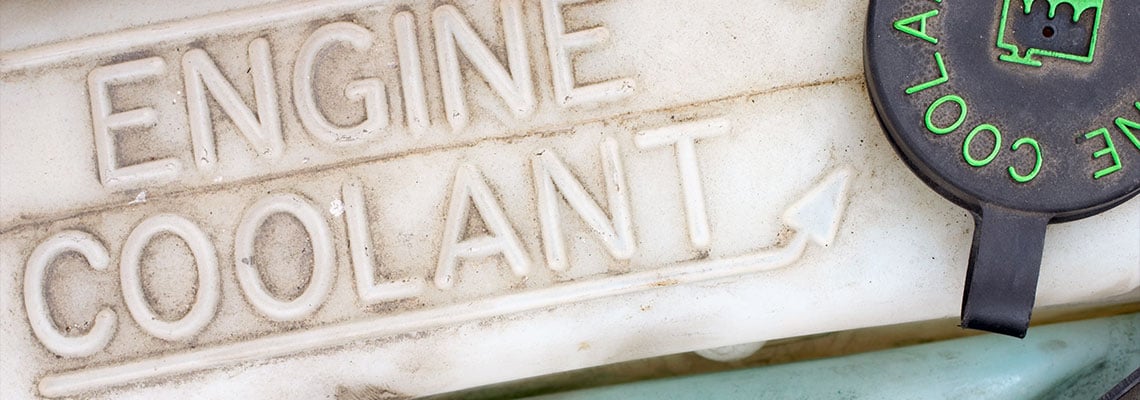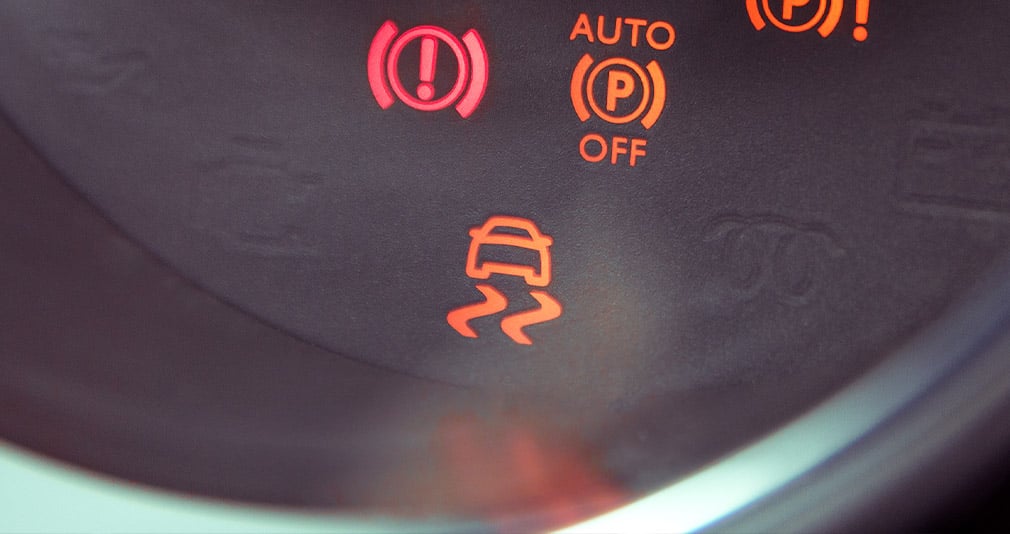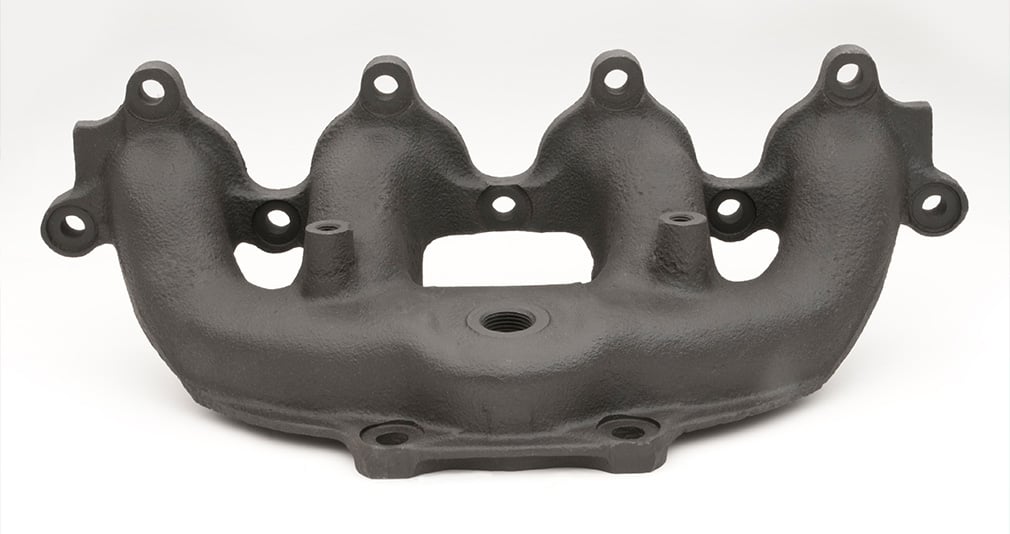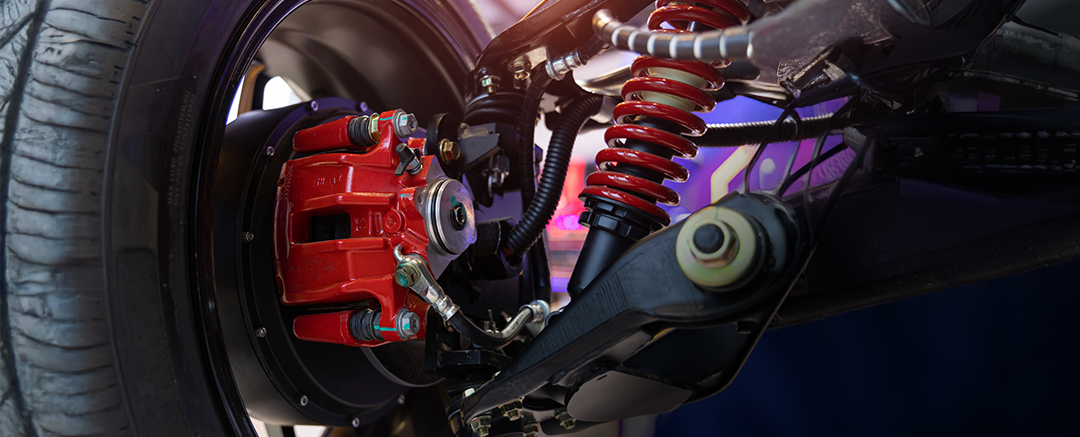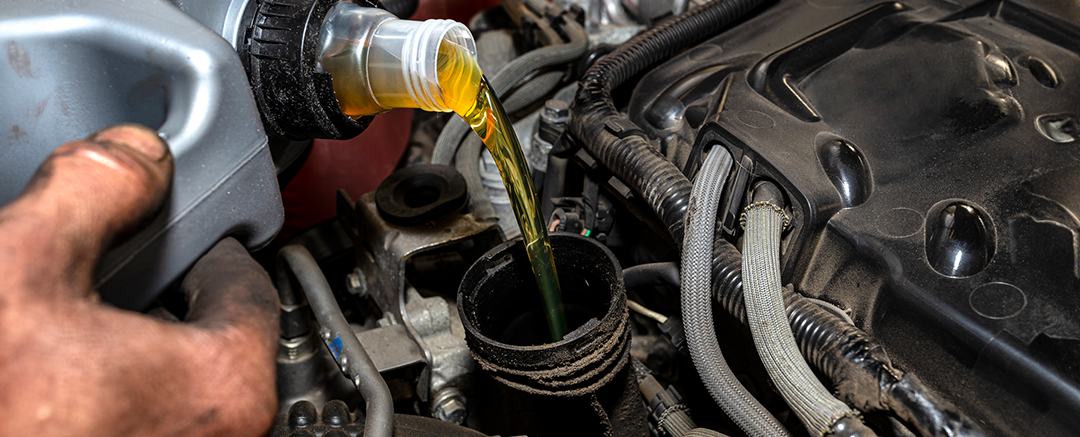Coolant leaks might not seem like a big deal, but it could create a hazardous situation for your car’s engine. Without the proper amount of antifreeze, your engine could overheat (or freeze in winter months). Because it plays such a critical role in how well your engine runs, coolant should be checked regularly. That’s especially true for older cars, which may not operate as efficiently as newer models.
The most obvious coolant leak symptom is visible fluid on the floor of your garage (or wherever you park your car). Since it’s not the only fluid that can leak from your engine, it’s important to know what to look for to determine what type of fluid it is. Coolant is usually going to be bright green, orange or pink, and it might have a sweet smell. If you realize you have a coolant leak, always clean it up quickly, as it is extremely toxic to both people and pets.
Another way you might notice that you have a coolant leak is by watching your temperature gauge. Although some fluctuation in the temperature gauge is normal, a rapid or significant change in temperature is usually a sign that there’s a problem that you should look into before it causes damage.
To see if your engine has a coolant leak, check the coolant level in the expansion tank and fill it, then monitor the level to find out if you’re losing fluid.
Once you’re sure that the leak is coolant, you can start pinpointing where it came from. Coolant can begin leaking for a number of different reasons, so let’s look at five of the most common coolant leak causes.
No. 1: There’s a Hole in the Radiator
All of your car engine parts have to endure a lot of wear and extreme temperatures, and it takes a toll in different ways. Corrosion within the radiator is one of the leading reasons that coolant leaks. As the tubes get older and weaker, you may get sediment or debris inside that causes a leak. The sealing gasket between the tank and the radiator can also wear out, and that could lead to a leak.
The hoses connected to the radiator can also be a culprit; as they get older, your hoses are going to get hard and brittle, which means they won’t seal as well. The places where they connect to the radiator, water pump and heater core all become vulnerable to leaks as a result.
No. 2: You Have a Leaky Radiator Cap
The radiator cap may be small, but it has a big job. The radiator is extremely pressurized, and the cap is responsible for creating a tight seal that keeps the cooling system at the right pressure. However, with time, its seal can deteriorate or the spring might start to wear out, which can allow coolant to escape.
No. 3: Your Head Gasket is Blown
Your car’s head gasket plays a huge role in how well your engine performs. When a head gasket blows, you might not know it for quite some time. You could drive for several miles before you begin to notice a problem. The head gasket has to manage a wide range of temperatures as well as encounter both extremely high and very low pressure in the engine. It sits between the cylinder head and the engine block and when it develops a leak, it is referred to as “blown.”
When that happens, it can no longer keep the engine oil and coolant separate, which is extremely dangerous and can lead to engine failure. It also can allow coolant to leak outside of the engine, and as the coolant level drops, so does your car’s ability to cool down.
No. 4: Your Water Pump Has Failed
The water pump plays a critical role in ensuring that coolant is being circulated throughout the cooling system. It is usually driven by a belt and is located on the lower part of the engine, near the drive belts. It connects to the lower hose of the radiator, but sometimes that hose connection can become loose or it might corrode. It may also suffer some sort of external damage that causes it to spring a leak.
Regardless of the cause, when a water pump has a problem that prevents it from moving coolant throughout the system, your engine is eventually going to overheat.
No. 5: You Have a Problem With Your Expansion Tank
To help supply coolant to your radiator, cars have an expansion tank, which is that plastic container beside the engine. It is usually connected to the radiator by a rubber hose and feeds or receives coolant to and from the radiator as the engine heats up or cools down.
With time and exposure to temperature changes, that plastic can weaken, and so can the parts attached to it. The container might crack or the cap can leak, which lets coolant escape. Or, it might be that the hose running to the radiator deteriorates and that leads to a loose connection that lets fluid leak.
Avoid Coolant Leaks Before They Happen
One way to keep coolant leaks from occurring is to follow a regular preventative maintenance schedule that includes changing out the coolant in your radiator. Older coolant can turn sour and, when that happens, it becomes acidic and begins eating away at the aluminum in your radiator.
Regular maintenance can also detect loose and deteriorating hoses or other problems that can lead to a leaking radiator.
If you’re noticing signs of leaking coolant, it’s best to get your car to a professional who can locate and fix the problem. Helping your car keep its cool this summer is crucial to making sure you’re not left with an overheated engine — or worse.

